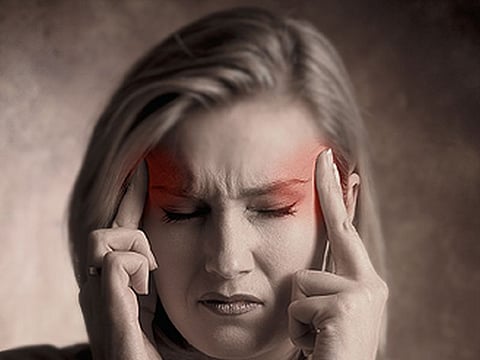TUESDAY, April 3, 2018 (HealthDay News) -- A noninvasive stimulation device may help prevent migraine attacks, according to a study published online March 4 in Cephalalgia.
Amaal J. Starling, M.D., from the Mayo Clinic in Phoenix, and colleagues evaluated the efficacy and tolerability of single pulse transcranial magnetic stimulation (sTMS) for the preventive treatment of migraine among 263 individuals with migraine (December 2014 to March 2016). Participants completed a one-month baseline headache diary followed by three months of treatment, including preventive (four pulses twice daily) and acute (three pulses repeated up to three times for each attack) treatment.
The researchers observed a mean reduction of 2.75 headache days from baseline versus the performance goal (0.63 fewer headache days; P < 0.0001). Similarly, the 50 percent responder rate of 46 percent also significantly exceeded (P < 0.0001) the performance goal (20 percent). Compared to the performance goal, there were also significant reductions in acute medication use (P < 0.0001) and total headache days of any intensity (P < 0.0001). There were no serious adverse events reported, but there were reports of lightheadedness (3.7 percent), tingling (3.2 percent), and tinnitus (3.2 percent).
"This open label study suggests that sTMS may be an effective, well-tolerated treatment option for migraine prevention," the authors write.
Several authors disclosed financial ties to pharmaceutical and medical technology companies, including eNeura, which funded the study.
Abstract/Full Text


